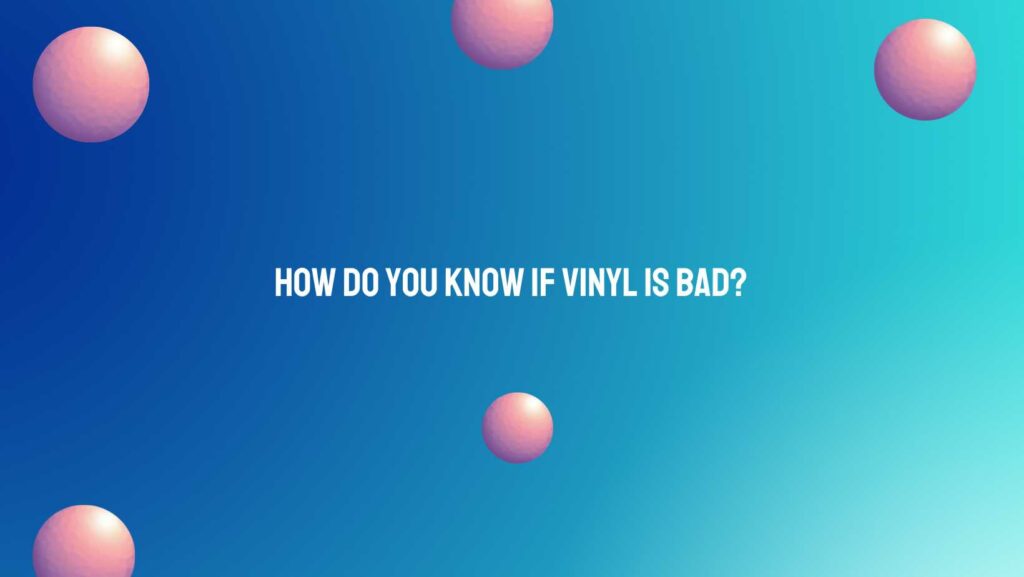Vinyl records have maintained their appeal among audiophiles and music enthusiasts for their warm, analog sound and tactile experience. However, not all vinyl records are in good condition, and determining the quality of a vinyl record is essential when building a collection or making a purchase. In this comprehensive article, we will explore how to identify signs of a bad vinyl record and what to look for when assessing vinyl quality.
Visual Inspection
- Surface Scratches and Scuffs:
- Examine the vinyl’s surface under a good light source for visible scratches and scuffs. Light surface marks may not significantly affect sound quality, but deep scratches can cause pops, clicks, and distortion during playback.
- Warping:
- Check if the record lays flat on a level surface. Warping, where the vinyl bends or curves, can affect playback and should be considered a sign of a potentially bad record.
- Groove Damage:
- Inspect the grooves for visible damage. Deep grooves or gouges can result from improper handling and may impact playback.
- Ring Wear and Cover Damage:
- Assess the condition of the album cover. Ring wear, seam splits, water damage, or other cover defects can detract from the overall collectible value but may not affect the vinyl’s quality.
Audible Inspection
- Pops, Clicks, and Noise:
- During playback, listen for pops, clicks, and surface noise. While some level of surface noise is normal for vinyl, excessive noise can be a sign of wear, dirt, or damage.
- Skipping and Repetitive Skips:
- If the record repeatedly skips or jumps in the same spot, it likely has a deep scratch or groove damage in that area.
- Distortion:
- Pay attention to any distortion in the music, such as crackling, hissing, or muffled sound. Distortion can result from wear, scratches, or pressing issues.
- Consistency:
- Evaluate whether the quality of sound remains consistent throughout the record. Sudden changes in sound quality may indicate issues with the pressing or mastering.
Playability Inspection
- Stylus Condition:
- Inspect the stylus (needle) of your turntable cartridge. A damaged or worn stylus can cause additional wear on the vinyl and affect sound quality.
- Tracking Force:
- Ensure that the tracking force (stylus pressure on the record) is correctly set according to the manufacturer’s recommendations. Incorrect tracking force can damage records.
- Cleanliness:
- Clean the record and stylus to remove dust and debris that can cause noise and affect playability.
Conclusion
Assessing the quality of a vinyl record involves a combination of visual inspection, listening for audible issues, and ensuring proper playback conditions. While some signs of wear and tear may be tolerable for collectors or casual listeners, severe damage can significantly affect the listening experience.
Whether you’re considering purchasing a vinyl record or evaluating your existing collection, a thorough examination is crucial to identifying potential issues and ensuring that your vinyl records provide the best possible sound quality. With proper care and maintenance, vinyl records can continue to be a source of enjoyment for years to come.


